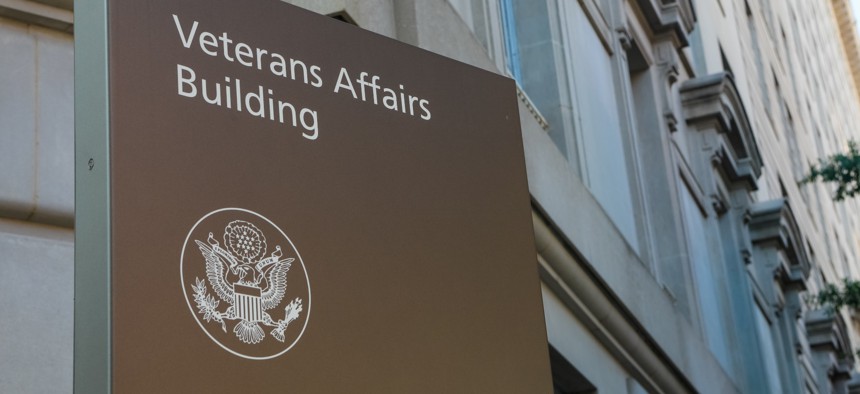Routing gap in VA health software led to patient harm, watchdog says

Getty Images
An oversight report claims a confusing routing process in the new electronic health record system being fielded by the Department of Veterans Affairs contributed to nearly 150 adverse patient events.
The Oracle Cerner software being installed by the Department of Veterans Affairs as part of a $21 billion-plus technology refresh has flaws that are directly leading to patient harm, according to a report from the agency's Office of Inspector General.
The OIG report focuses on the "unknown queue," which is used by the Oracle Cerner health record system to capture clinical orders that have incomplete routing information. The report covers events at Mann-Grandstaff VA Medical Center, the initial go-live site for the new software.
According to the report, the health record software did not alert clinicians that orders didn't reach their intended destination. From the time the software went live in October 2020 to June 2021, more than 11,00 clinical orders were routed to the unknown queue. According to the report, 8,500 were radiology orders and 2,500 involved other clinical services.
The OIG report concluded that the unknown queue "ultimately led to thousands of orders for medical care not being delivered to the requested service, placed patients at risk for incomplete care, and caused multiple events of patient harm." The report also noted that, "Oracle Cerner failed to inform VA end-users of the existence of the unknown queue and put the burden on VA to identify and address the problem."
In reply comments, VA Deputy Secretary Donald Remy said the queue was "inartfully named" but served the function of preserving improperly addressed orders for review. "Accordingly, the existence of the queue is not indicative of carelessness or negligence," he wrote in his comments.
Remy and OIG auditors differed on a number of factual details. For instance, in his reply comments, Remy said that on June 23, 2022 – the date of a call between VA and OIG personnel about the report – there were five orders in the unknown queue. OIG wrote that on that date there were more than 500 orders in the queue.
The report cited two incidents of major harm linked to orders languishing in the unknown queue, including one involving a homeless veteran who was directed to psychiatric care. The order never reached itsdestination, and the patient was eventually hospitalized after threatening suicide on a call to a crisis hotline. The second incident of major harm emerged while the report was being drafted and no detail on that allegation was included.
A VA doctor cited in the report said that the unknown queue system represented "a programming deficiency" and added the orders in the queue "require a great deal of staff time to research and redirect to proper location."
In his reply comments, Remy acknowledged the expenditure of staff time, but noted that a VA Functional Support Team reviewed the unknown orders and developed mitigations including a daily review of the unknown queue.
Rep. Cathy McMorris Rodgers (R-Wash.), who represents Spokane, sounded off on the report.
"The findings from the VA Inspector General's investigation are even worse than I suspected. Not only were 149 veterans in Eastern Washington harmed by the broken electronic health record system, VA and Oracle Cerner leadership downplayed the severity of the issue of the unknown queue, failed to adequately train providers on site, and manipulated data to support a non-factual narrative about general system training and user proficiency," said Rodgers.
A draft version of the report was obtained by reporters and was the subject of a story in the Spokesman-Review, a Spokane, Washington, newspaper on June 19.
This is a developing story and will be updated with new information and comment.






